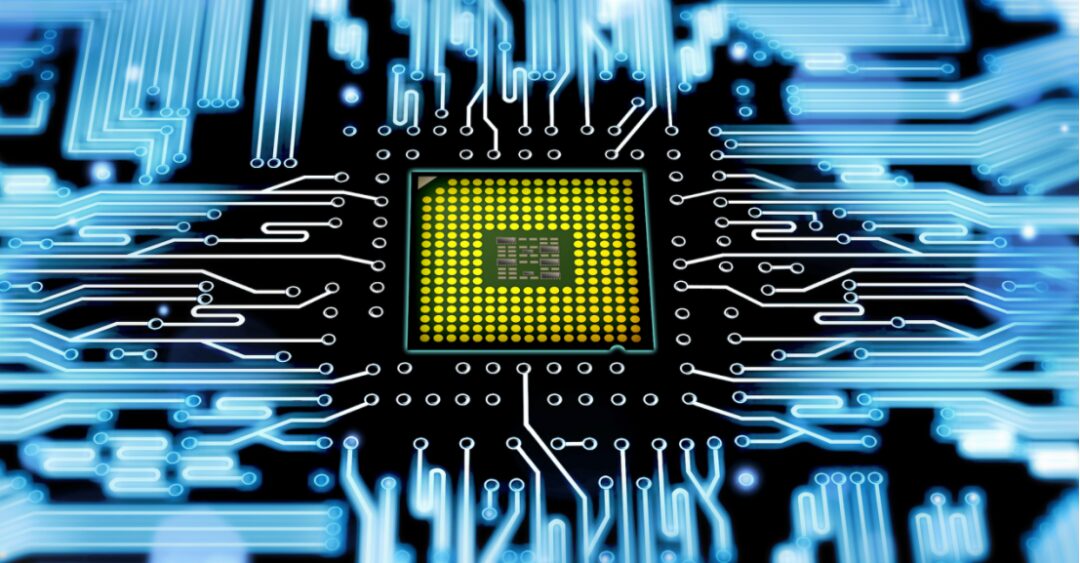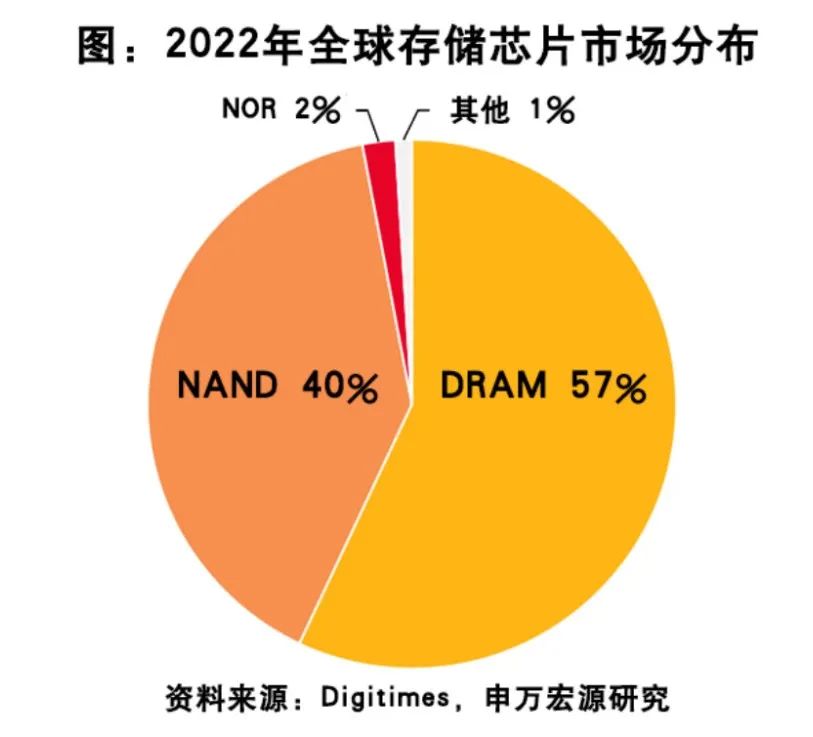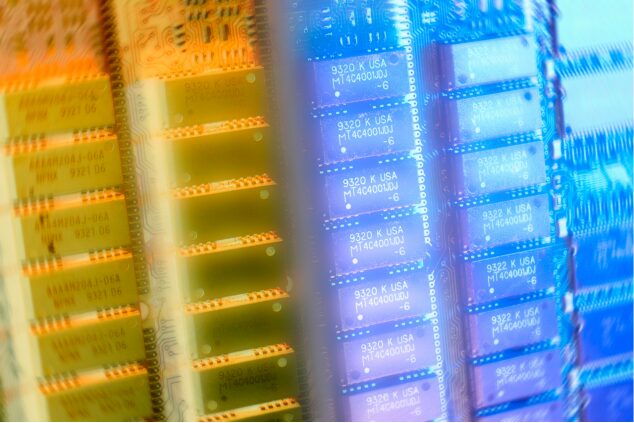Have you ever experienced the painful moment of losing a PPT you spent half a day editing because you forgot to click save?

The saving process we are talking about here is closely related to the application of storage chips introduced in this article.
What is a storage chip?
In the information age, the demand for data storage capacity is increasing. Whether for temporary or long-term storage, electronic devices rely on storage chips. Storage chips, also known as memory, use electrical energy to store information and can support various protocols, hardware, and applications, such as memory, USB drives, computers, mobile devices, and the Internet of Things. As an important application in the storage industry, storage chips are currently one of the largest products in the global chip market.

What categories of storage chips are there?
Volatile storage chips RAM (Random Access Memory) are a significant branch of dynamic random-access memory (DRAM), characterized by a very small capacitor capacity that can only store data for a few milliseconds. However, due to their fast read and write speeds, they are mainly used as memory in computers and smartphones, as well as servers. Non-volatile storage chips NVM (Non-Volatile Memory) refer to read-only memory, characterized by the ability to only read pre-stored data without losing it when power is off. They are primarily used in storage cards, USB drives, SSDs, and embedded storage in mobile devices. This includes read-only memory ROM (Read-Only Memory) and flash memory (FLASH). There are many types of ROM: among them, PROM is programmable once (cannot be modified); EPROM is ultraviolet erasable programmable ROM; EEPROM is electrically erasable programmable ROM, which can be erased and rewritten byte by byte. FLASH can be understood as an upgraded version of EEPROM, optimized to erase data in blocks rather than byte by byte, making the circuits more streamlined, data density higher, and costs lower. As data storage units have become large, erasing data byte by byte can no longer meet practical application needs, and costs remain high. Therefore, FLASH has now replaced the original byte-erasing EEPROM technology, becoming mainstream.
To give a simple analogy, when we listen to a teacher in class, our brain’s memory operates like volatile storage chips RAM, processing quickly but retaining knowledge only temporarily. We then need to take notes, which are like non-volatile storage chips (NVM), allowing us to retain our recorded knowledge for the long term, but the speed of note-taking cannot compare to the speed of our brain’s operation~
What is the competitive landscape of the storage chip market?

What is the scale of the storage chip industry?
According to WSTS statistics, the global storage chip market was approximately $133.4 billion in 2022, accounting for about 23% of the entire integrated circuit market share. Since the second half of 2022, the storage chip market has continued to decline. This is because the consumer electronics industry, including smartphones and PCs, is an important demand sector for storage chips. They have been affected by market saturation and extended replacement cycles, leading to a significant decline in sales and consequently, a drop in demand for storage chips, with prices remaining low. According to Wind data, as of February 17 of this year, the average spot price of 16GB DDR4 DRAM fell by 10.87% month-over-month, while the average spot price of 8GB DDR4 fell by 6.86% month-over-month; smaller capacity NAND FLASH products benefited from niche markets and saw smaller declines, such as a 0.82% month-over-month decline in the average spot price of 64GB NAND FLASH, and a 0.23% month-over-month decline in the average spot price of 32GB NAND FLASH. The good news is that the decline in the storage chip market is expected to slow down in the second half of this year. The reasons are that servers continue to grow as an important demand sector for storage chips, driving the market. Additionally, the development of the smart automotive industry will bring new opportunities for the storage chip market. Lastly, emerging fields represented by ChatGPT are positively impacting the storage market.

Source:China Unicom Pan-Terminal Technology Editor: Yang Yang, Liang Chen, Cao Qian
Supervised by: Shao Suhong